Welcome to our latest blog theme for July, and thank you from all the Partners and Employees at Thinking Dimensions- especially to all of you who have taken the time to write in and comment on what information you are looking for and what has been particularly helpful.
In July, our focus theme is
New Markets: How to Drive Global Growth and Predictability of Earnings Despite Periods of Economic Instability
This topic is on the top of mind for many of our clients as they work to ensure shareholder performance even if they are operating in markets which are turbulent and difficult to predict.
Today we will look at “What is New Market Entry and how do companies win?”.
New Market entry frequently involves taking a company’s current products and/or services and offering them in a new market- whether that be a channel, geographic area, or new market segment.
Why enter New Markets? Companies typically enter new markets for one of four reasons:
1) A customer or customers are asking for support in a new market (very common theme within B2B suppliers)
2)Growth in current markets has reached saturation level and/or margins are declining
3)A large scale opportunity has been identified relative to the strategic direction for growth
4)Competitors are entering a market and presence is required for global presence/positioning (the least valid reason of the 4)
While entering new markets is both exciting and taxing for the organization, there are a brief series of criteria which should be met for a company to proceed:
- How well is the planned new market to enter aligned with our company strategy?
- How will the competitive advantage we enjoy in our current markets transfer to the new market? Impact?
- Which resources (and capabilities) are required for successful entry into the new market? Are they available?
- What are time, cost, and performance characteristics of the new market entry project?
- What barriers to entry and risks need to be addressed prior to entering the new market?
- What is the ROI (or similar measures in each company)? How predictable is it?
In working with clients entering new markets we have seen some excellent success stories including:
- A global automotive supplier who were able to significantly increase both their revenues and net income by opening a large-scale manufacturing, engineering, and service presence in SE Asia (previously just offering manufacturing)
- A European manufacturer who entered into the North American markets and was able to command both price and margin premiums for high quality niche products
- A North American B2B supplier who through acquisitions were able to provide superior offerings in the EMEA region
While there are many examples, they all share a few characteristics in common including:
A) A clearly articulated strategy which identified the areas of growth, included competitive intelligence, and a few select priorities
B) Realistic understanding of their competitive advantages and the relative value in the new markets
c) Support for investment including the board, President, and CEO/COO to ensure the opportunity was maximized
d)A development of the required capabilities and resources to create sustainable success
New Market Entry is not easy- there are many examples of not only success however also failure- if your leadership teams start by answering the questions raised in this short blog today in an objective format- this will be the first step to performing as well outside your “home” market segments as you do within.





